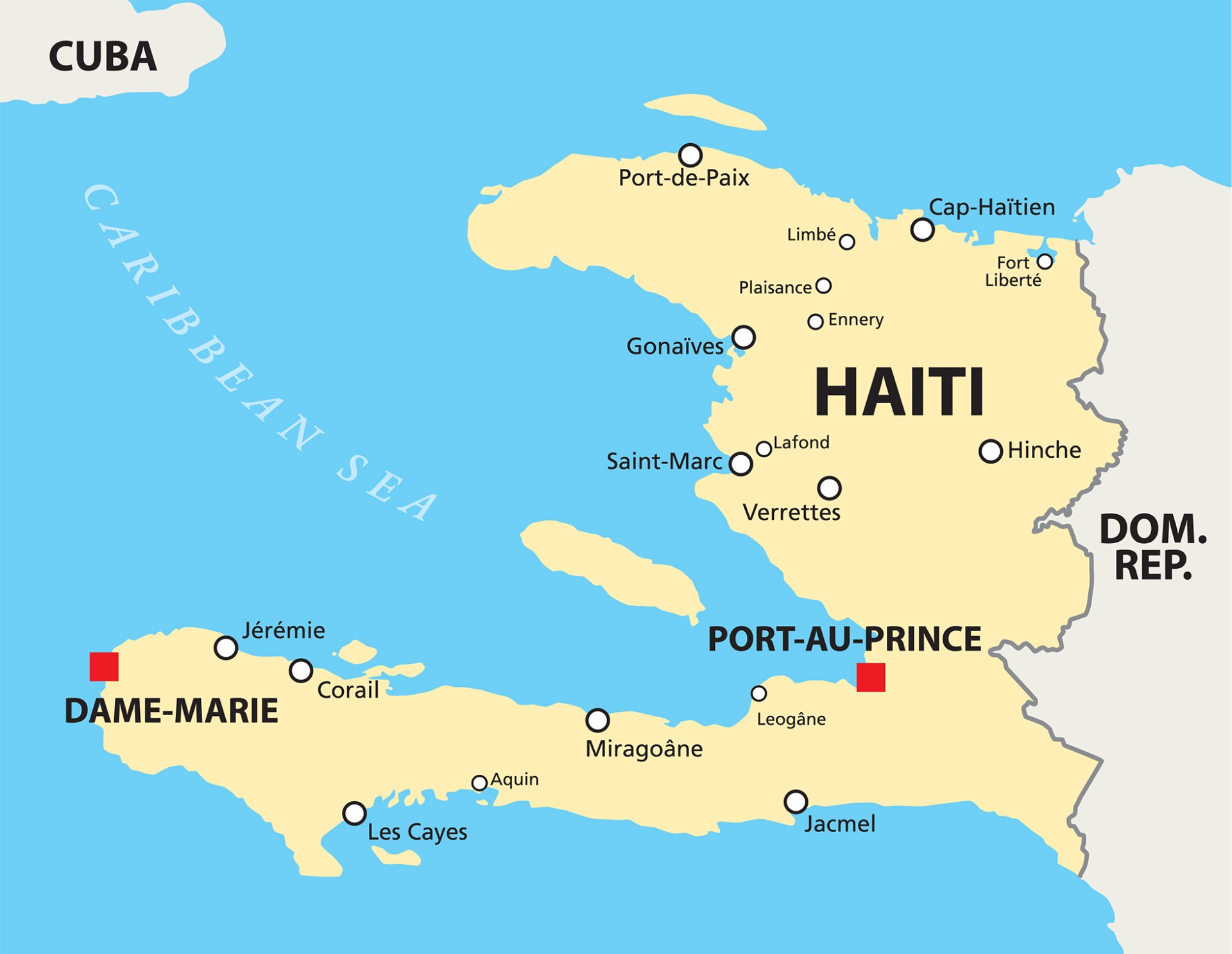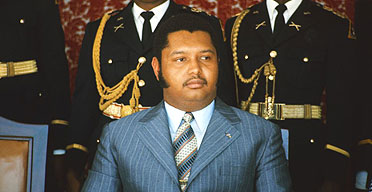
Contemporary Application:
Today, Haiti is viewed as one of the poorest countries in the world. What most people don't know is that Haiti's history has made it how it is today. It is so poor and unstructured that one small inconvenience could damage the entire country. The deforestation in Haiti has caused the country to suffer greatly from natural disasters. For all these reasons, some might say that Haiti today is "just about the worst damaged society". (Henley, Jon. "Haiti: a Long Descent to Hell.")
Protests and violence still go on in Haiti even today. Protests in bigger cities like Port-au-Prince have shut down transportation and closed schools. The people are tired of the poverty and corruption in their country as more than half the population lives on $2.40 a month. The latest demonstrations have been triggered by issues such as not having safe drinking water, fuel shortage, and continuous inflation. This has led the Haitian people to ransack businesses, attack properties, and set fires which in turn led to massive marches against the government. A variety of individuals participate in these protests and a single group isn't leading the charge. It is safe to say that the people of Haiti are absolutely fed up with the issues of their country and are actively seeking justice. (Krygier, Rachelle. "Daily Protests Are Paralyzing Haiti. Here's Why.")

History & Context
Historical Background:
Francois Duvalier, also known as "Papa Doc", was the dictator of Haiti for 14 years (1957-71). His rule was far from peaceful and he ruled Haiti with fear and terror. During his reign, he killed over 30,000 people and forced many others out of the country because of his resistance to both domestic and foreign challenges. Before his death in 1971, he appointed his son, Jean-Claude Duvalier ("Baby Doc"), as the new leader. (Cosentino, Donald. "Baby on the Blender: A Visual History of Catastrophe in Haiti.")
Jean-Claude Duvalier ruled Haiti from 1971 to 1986. Unfortunately, for the people of Haiti, his rule was just an extension of his father's. Leading a country at only 19 years old, he didn't care much about politics or Haitian affairs and instead left many administrative matters for his mother to handle. Although he was so similar to his father, many countries were more willing to work with him in terms of monitoring and financial assistance. Because of this, the United States decided to restore their aid program for Haiti in 1971. (Richard A. Haggerty, ed. Haiti: A Country Study)
The majority of the Duvalier family's wealth came from the tobacco administration. Baby Doc spent this money on things that weren't used for the government's needs. As he continued to neglect his political duties, he also failed to oversee the outbreak of Afri)can Swine Fever (ASF) and Acquired Immune Deficiency Syndrome (AIDS) that happened in the 1980s. (Haggerty)
Pope John Paul decided to make a trip to Haiti in 1983 and made a widespread announcement that "something must change here". Two years later, things just continued to go down hill and revolts broke out among the provinces. The people of Haiti wanted Baby Doc out, so they devised many plans for him to leave their country. After refusing many attempts to leave which caused even more violence, Baby Doc officially left Haiti on February 7, 1986. (Haggerty)
Leslie Manigat became the new ruler of Haiti on February 7, 1988. However, he was deposed only a few months later on Jun 20 by his opponent, Henri Namphy. Under Namphy, there was an increase in human-rights abuses. On September 17, Namphy was replaced by Lieutenant General Prosper Avril. After coming into power, Avril arrested officers that helped him gain his new position. On February 7, 1989, he ordered a National Forum in order to gain some stability within the country. Even with Namphy's attempts at stabilizing the country, the domestic situation remained unstable and the future political course of Haiti was unpredictable. (Haggerty)
* Figure 5: Map of Haiti image (see Works Cited)
* Figure 6: Baby Doc image (see Works Cited)